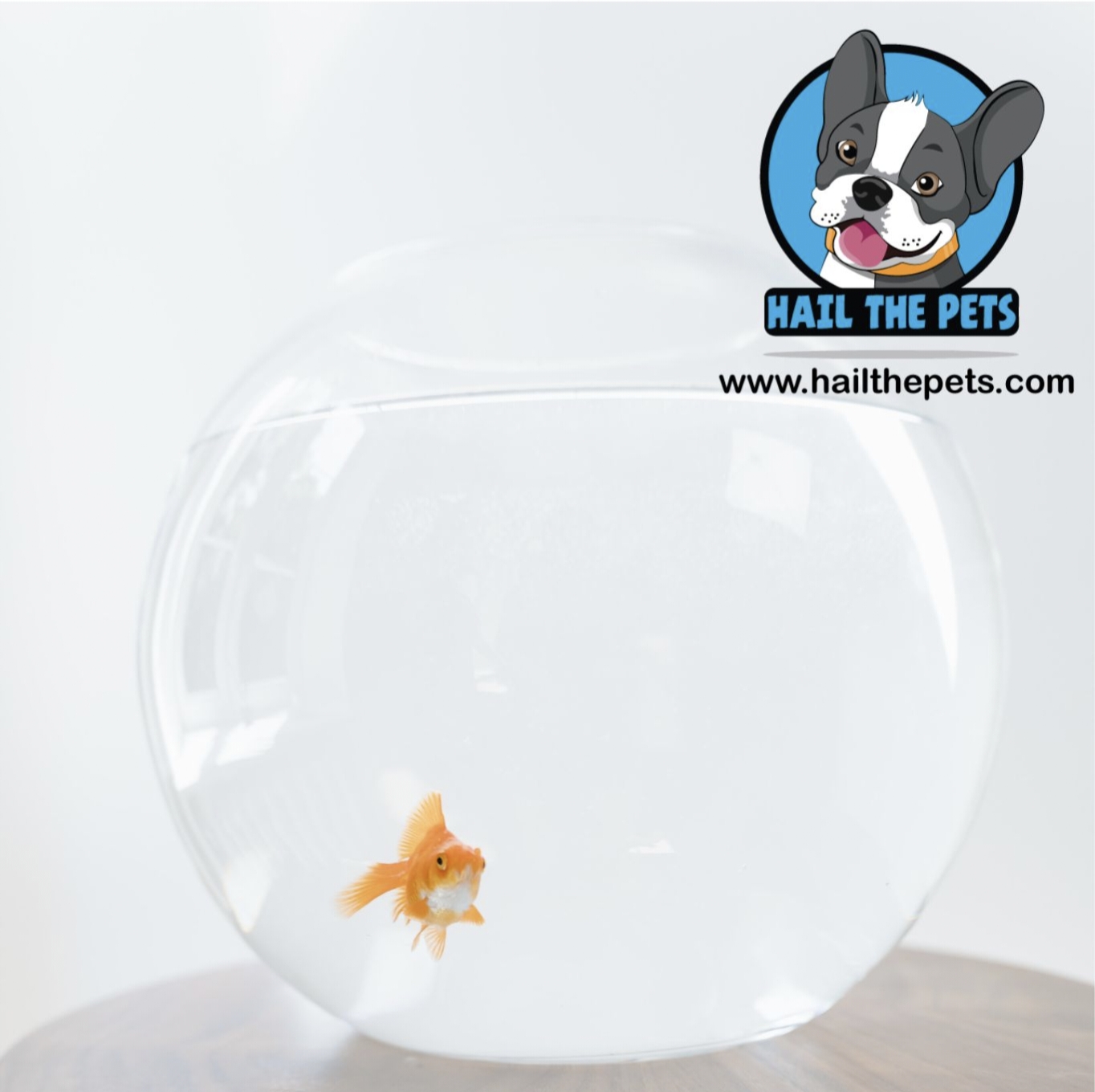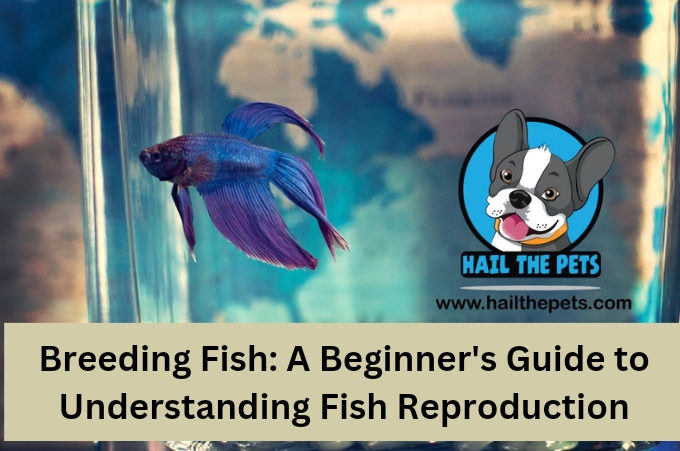Fish reproduction is of two types: sexual reproduction and asexual reproduction. When it comes to sexual reproduction, most fish rely on the fusion of eggs from the ovaries and sperm from the testicles. In most species, the gonads are paired organs of comparable size that may or may not be entirely united.
Furthermore, several fish have hermaphroditism, which means they have both ovaries and testicles at the same time or at different phases of their life cycle. The reproductive organs, the testes and ovaries, play an important role in the process. Nutrition and, in certain cases, particular environmental conditions are important for successful reproduction.
Read more: Species Specific Fish Breeding
Fish come in a wide range of colors, shapes, and sizes, with each species having its own set of features and breeding requirements. The world of fish reproduction parallels the many aquatic ecosystems they occupy, spanning everything from neon tetras’ elegant motions to the vivid hues of guppies and the majestic presence of koi fish.
You’ll get insight into the reproductive processes of many fish species, learn how to create the optimal environment for efficient reproduction, and discover how to care and rear for your breeding fish.
Getting Started with Fish Breeding
For aquarium hobbyists and lovers, breeding fish may be a gratifying and intriguing activity. However, it’s vital to comprehend the fundamental stages and factors for effective fish breeding before beginning this adventure. We’ll walk you through the crucial steps of starting a breeding fish business in this segment..
Providing the Right Environment
Maintaining Pristine Water Quality: Keeping pristine water quality is essential for successful fish breeding. For this, make an investment in a dependable filtration system that reliably eliminates impurities and maintains constant water parameters. The best conditions for breeding fish must be maintained, so it is crucial to monitor and control variables like temperature, pH levels, and water hardness.
Substrate and Decorations: Be mindful of the breeding tank’s substrate and decorations. Numerous fish species have particular preferences for the types of surfaces they use to lay their eggs, such as flat rocks or aquatic plants. You increase the likelihood of successful egg deposition by offering a suitable substrate and decorations. Additionally, to enhance a feeling of security in the breeding environment, think about including hiding places for adult fish and potential fry.
Lighting and Temperature Control: To encourage natural breeding behavior, it’s important to replicate the lighting and temperature conditions of the fish’s native habitat. To start the breeding process, some fish need a particular kind of lighting. In order to ensure proper lighting and temperature control in the breeding setup, thoroughly research your fish species.
Nutritional Care: For fish to reproduce, proper nutrition is essential. Make sure the fish that are used for breeding fish are well-fed and have a balanced diet. Healthy reproduction and successful spawning can be significantly aided by high-quality fish food that satisfies their nutritional requirements. A crucial component of the overall care and management of the breeding environment is consistently providing the proper nutrition.

Learn more: Breeding and Reproduction of Fish
Selecting Breeding Fish Partners
Health and Vitality: It is critical to give priority to a fish’s health and vitality when selecting it for breeding. Fish that are in good health are more likely to have strong offspring. Pay attention to these signs:
- Color and Markings: Healthy fish frequently have vivid, distinct colors and markings. Colors that are dull or faded may indicate underlying health problems.
- Excellence in Fins: Examine the health of their fins. Fish with great finnage—fish without tears or other damage—have a higher chance of being healthy.
- Active and Dynamic: Keep an eye on their motions. Fish that swim energetically and furiously often have better health than those that move slowly.
- Appetite: A healthy fish will have a voracious appetite. Fish that devour their food quickly are probably in good general health. Prioritize fish with a robust appetite when choosing breeding pairings.
- Avoid Fish with Physical Deformities: Steer clear of fish with physical deformities or limited growth. Genetic abnormalities in deformed fish may be passed on to their progeny, resulting in health issues for the following generation.
Read More: Fish Breeding- Choosing the Parents
Age is Important: Think about the age of the fish. For breeding fish, it’s normally preferable to use fish that are still in their prime. Younger fish have longer reproductive lives and are more fertile. However, older species with outstanding qualities you want to retain, such distinctive colour or finnage, may be an exception.
Choose couples that get along well and are compatible: Breeding partners who are incompatible can cause tension, aggressiveness, and even damage. To make sure you choose fish that are likely to make a peaceful partnership, learn about the social habits of the fish species you intend to breed.
Avoid Mistakes in Crossbreeding: If you wish to experiment with crossing different fish strains or types, be aware that the offspring may not necessarily be appealing or marketable. If you want to keep certain strains pure, never pass off crossbred fish as purebred fish and stay away from combining fish from various genetic lines.
When working with species that have been crossed to create hybrids, exercise caution. These hybrids are frequently infertile and might not be good candidates for breeding fish. Make sure you can tell the difference between females of various species because some can seem quite same. Stay away from hybrids unless you have a specific use in mind.
Understanding Fish Reproduction
Traditional conceptions of pregnancy do not apply to fish. Instead, they reproduce through a process known as spawning. Male fish discharge sperm, or milt, into the water, and female fish create eggs, or roe, in their ovaries. External fertilization takes place when the eggs are discharged into the water and the sperm fertilizes them. After fertilization, the eggs float downstream with the river. The fertilized eggs hatch into fry, which are the newborn fish, after an incubation time. Egg hatching times can vary significantly based on things like water temperature.
Let’s explain the steps:
Fish must mature sexually before they may begin to breed. By species, this occurs at different ages. While it could just take a few months for some, it might take years for others.
The majority of fish species exhibit some type of courting behavior. This could involve elaborate dances, color displays, or fin extensions. Fish use courtship to find possible partners and determine compatibility.
Egg Production
The ovaries of female fish are where eggs, commonly referred to as roe, are produced. Between species, the amount of eggs laid can differ greatly; some lay few eggs while others lay thousands at once.
Male fish discharge their sperm, also known as milt, into the water. Usually, this is done close to the eggs to improve the possibility of fertilization. Males can have unique features that allow them to deliver sperm straight to the female.
Read More: Common Health Issues in Cats: Symptoms, Risks and Preventive Care
Fertilization
External fertilization is the norm. As the eggs are discharged into the sea, the sperm fertilizes them. After fertilization, the eggs float downstream with the river.
Protecting Eggs
Many fish species provide some form of egg defense. They might use this to build nests in the substrate, attach eggs to objects, or even carry eggs in their teeth.
Hatching of Eggs
Fertilized eggs are incubated for a period of time before growing into fry, or young fish. Egg hatching periods can vary greatly depending on a variety of factors, including water temperature.
Opportunities and Challenges You Should Know Before Fish Farming
Fish breeding may be a highly lucrative pastime or even business, but it is not without its difficulties. Success depends on recognizing and overcoming these obstacles. Additionally, fish breeding offers a variety of options, from selling fish to supporting conservation activities.
Common Challenges in Fish Breeding
Compatibility Problems: In certain instances, even if you have picked breeding partners that are compatible, aggressiveness or territorial disputes may still occur. It could be required to separate.
Disease prevention: In a breeding environment, diseases may spread among fish very fast. Regular fish health examinations and quarantine protocols for new fish can lessen this danger.
Read More: Rabbit Diet: A Beginner’s Nutritional Guide to Ensure a Balanced Diet
Overpopulation: If breeding is allowed to continue uncontrolled, you risk having more fish than your pond or tank can support. Overcrowding and a decline in water quality may result from this.
Profitable Fish Breeding
If done properly, fish breeding may potentially be a lucrative endeavor. Here are some options to consider:
Selling to Local Pet Stores: A lot of neighborhood pet shops are looking to purchase healthy, well-bred fish from fish enthusiasts. Developing connections with these retailers might be a reliable source of revenue.
Online Sales: Selling fish online is now simpler than ever thanks to the internet. To reach a larger audience, you can build a website or utilize resources like eBay or aquarist forums.
Breeding for the Show: Some fish breeders concentrate on creating specimens of the highest caliber that can take home awards at fish shows. Breeding with a specialty might result in fish that sell for more money because they are unusual or exotic. Find out whether there is a need for particular species in your region by doing some research.
Read More on Pets: Understanding cat behavior: How to decode cat cues for better communication
Conservation and Sustainable Breeding
Additionally, fish breeding may advance sustainable practices and support conservation efforts:
Endangered Species: Breeding and maintaining fish species that are in risk of extinction may be a noble endeavor. It helps keep these species from going extinct and can help with their restoration to the wild.
Maintaining Diversity: Reducing the danger of inbreeding and genetic diseases via responsible breeding can help sustain the genetic variety of fish populations.
Educational Outreach: Encouraging responsible fish breeding and conservation in your neighborhood by imparting your wisdom and experiences to others.
Conclusion
In conclusion, there are possibilities and problems associated with fish breeding. Selling well-bred fish locally or online may be a lucrative business. The conservation efforts are also aided when endangered animals are the focus.
In terms of education, it provides a chance to disseminate information and encourage ethical behavior, building a community of knowledgeable fish keepers. Most significantly, it offers tremendous personal joy by allowing one to observe the evolution of these amazing animals.
Fish breeding is, in essence, a rewarding and complex activity that combines useful advantages with the delight of caring for aquatic life.

I don’t think the title of your article matches the content lol. Just kidding, mainly because I had some doubts after reading the article.